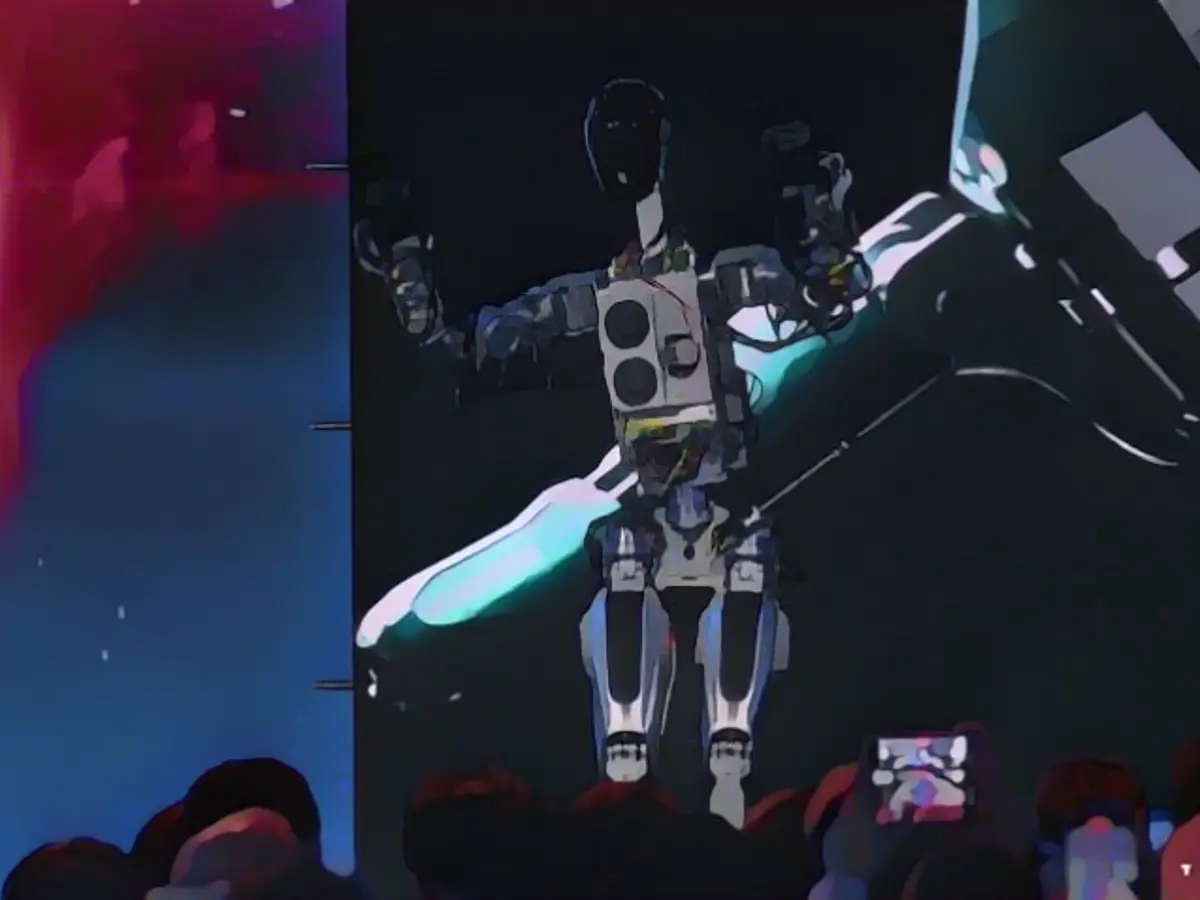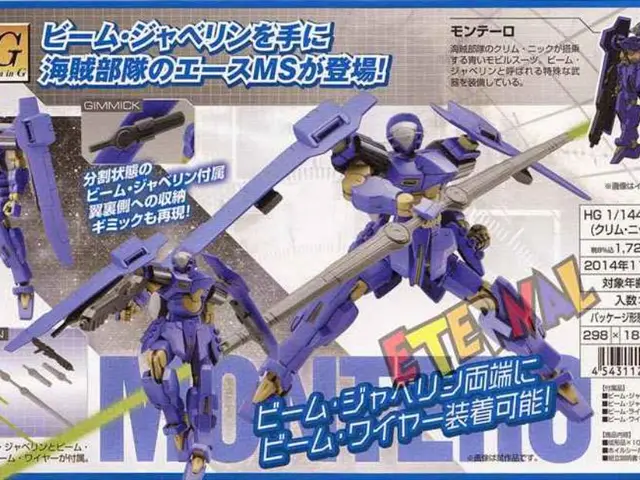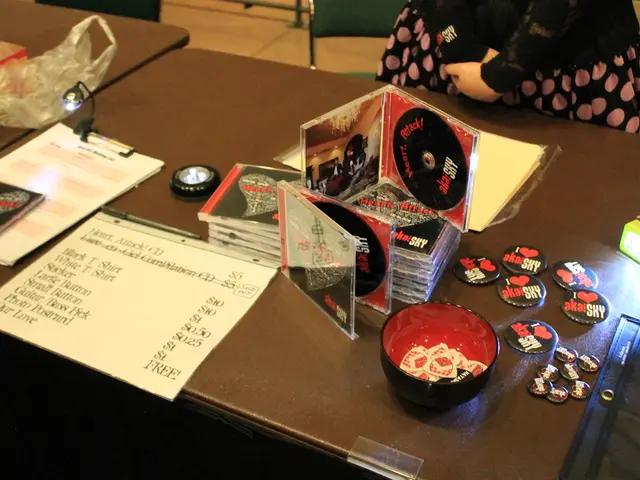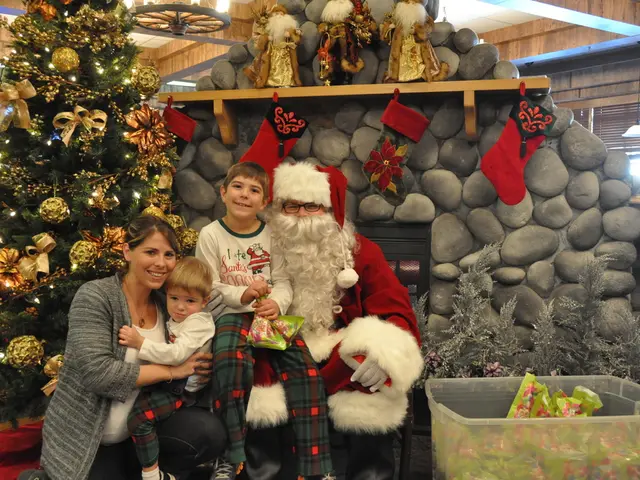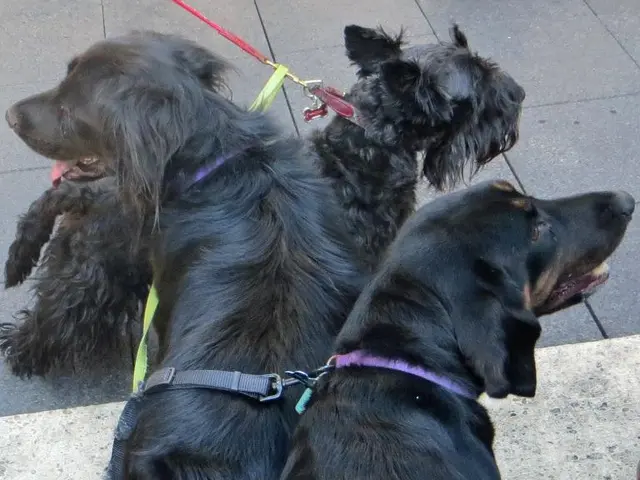The Tesla robot, nicknamed "Optimus Prime," graced the stage at the company's Artificial Intelligence Day. Stiff-legged, it stumbled onto the stage, waving at the audience and performing various hand gestures for about a minute. Elon Musk, Tesla's CEO, announced that the robot was functioning independently for the first time without the use of supporting cables. Typically, developers use harnesses to stabilize robots due to their inability to walk without toppling over and injuring themselves.
Optimus Prime's abilities appear to lag behind those of rival robots, such as those developed by Boston Dynamics, which were observed performing backflips and complex dance moves without the aid of cables.
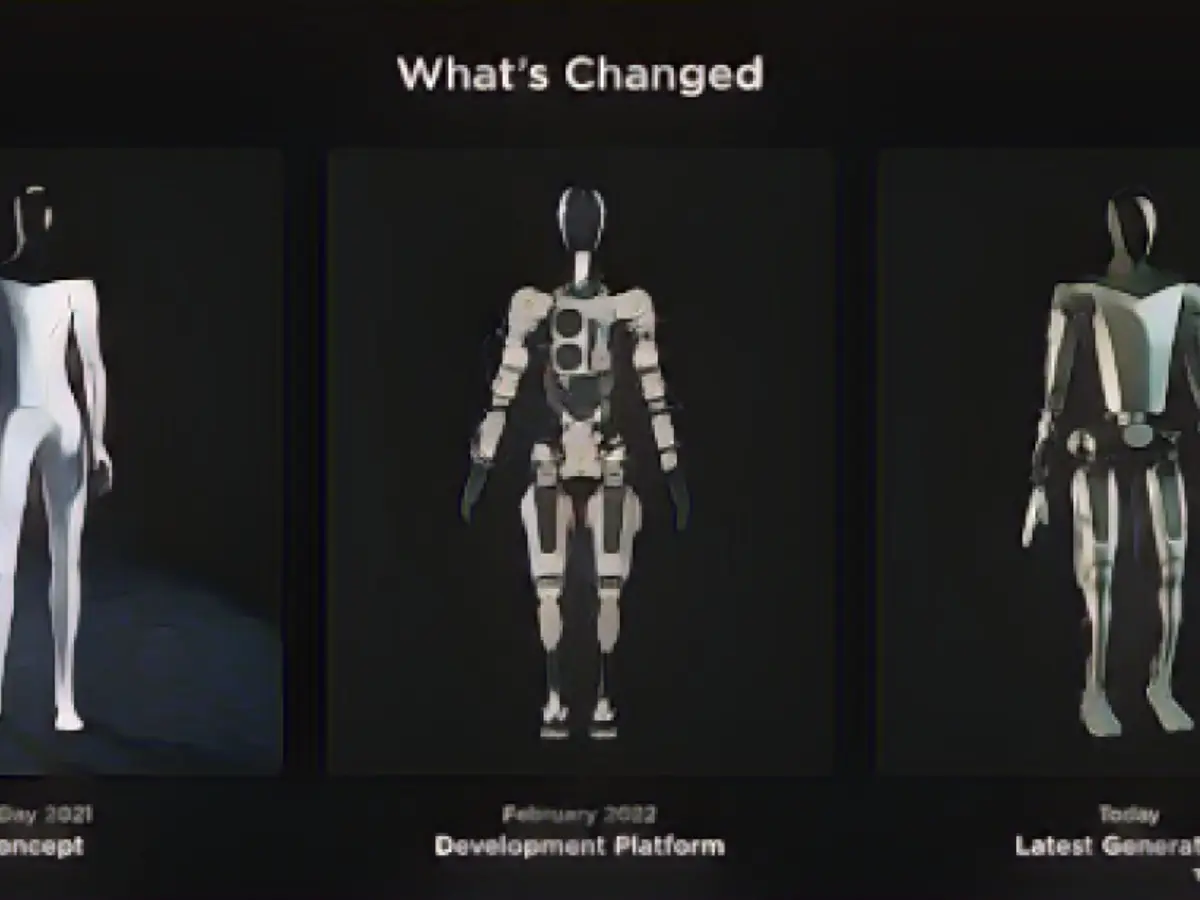
Musk stated that robots are indeed capable of much more than had been demonstrated that day, adding that they had decided to keep things simple for now. Tesla demonstrated videos of its robots performing simple tasks, including carrying boxes and watering plants with a watering can.
Musk claimed that if Optimus Prime were mass-produced, it could potentially cost less than $20,000. Tesla argues that the robot's advantage lies in its ability to navigate independently due to the technology developed for its "Full Self-Driving" feature, as well as cost savings through manufacturing know-how gained from the automotive division. (Tesla's "Full Self-Driving" requires a driver to remain attentive and take control when necessary, as the system is not yet fully autonomous.)
Tesla failed to meet its aggressive pricing targets, as the Tesla Model 3, which had been promised for $35,000, was only available at that price for a brief period. The most affordable Tesla Model 3 currently costs $46,990. When Tesla introduced the Cybertruck in 2019, the pickup was not yet available for purchase and reportedly had a price of $39,990, but this price was subsequently removed from the company's website.
The Tesla AI Day primarily served as a recruitment event, aiming to attract talented individuals to the company.
Musk expressed optimism that the robot could potentially revolutionize society. Despite its limitations, the robot presented on the day was a significant improvement compared to the one demonstrated by Tesla the previous year, when a man in a robot suit danced on stage.
"Last year, it was just a guy in a robot suit," Musk said before the robot took the stage. "We've made a lot of progress since then. This will be quite impressive in comparison."
Tesla is not the first automaker to develop humanoid robots. Honda has been collaborating with Hyundai Boston Dynamics on a robot named ASIMO since almost 20 years. ASIMO is a humanoid robot in child size that is capable of walking, running, climbing stairs, and even doing basic manipulations with its fingers without any restrictions.
Read also:
Tesla's Optimus robot, also known as the Tesla Optimus, is poised to challenge the business sector with its advanced capabilities, leveraging its unique abilities in navigation due to the technology developed for its Full Self-Driving feature and cost savings through manufacturing expertise gained from the automotive division. If mass-produced, its price point could potentially drop below $20,000, making it a competitive option in the robotics industry.
Tesla's Optimus robot vs. competitors:
- Task Specificity:
- Tesla Optimus: Initially designed for repetitive tasks within factories, such as assembly and material handling. The robot relies on AI for effective task management, which might restrict its versatility.
- Competitors (e.g., Boston Dynamics): Known for their advanced mobility and robustness for handling complex tasks, such as search and rescue, logistics, and inspection.
- Integration and Programming:
- Tesla Optimus: The robot's success depends on seamless integration with factory settings, drawing on Tesla's AI expertise.
- Competitors (e.g., Boston Dynamics): These robots require more sophisticated programming and integration, especially for tasks involving high levels of autonomy and adaptability.
- Scalability and Production:
- Tesla Optimus: Tesla aims to produce 10,000 units by the end of 2025, scaling up to 100,000 units per month. The initial production line targets 1,000 units monthly, with plans to reduce production costs once annual production reaches a million units.
- Competitors (e.g., Boston Dynamics): While also working on scaling up production, competitors like Boston Dynamics prioritize high-end, specialized robots. Their production focuses on niche markets with lower volumes, and their prices often reflect the complexity and advanced capabilities of their robots.
The comparison between Tesla's Optimus robot and competitors reveals significant differences in terms of task specificity, integration and programming, and scalability and production. While the Tesla Optimus's primary focus lies in factory settings and simplified tasks, competitors like Boston Dynamics are renowned for their versatile, advanced robots designed for a wider range of applications, including specialized tasks. In terms of production, Tesla's aggressive plans to scale and lower costs may set it apart from competitors by offering an affordable alternative in the market.
